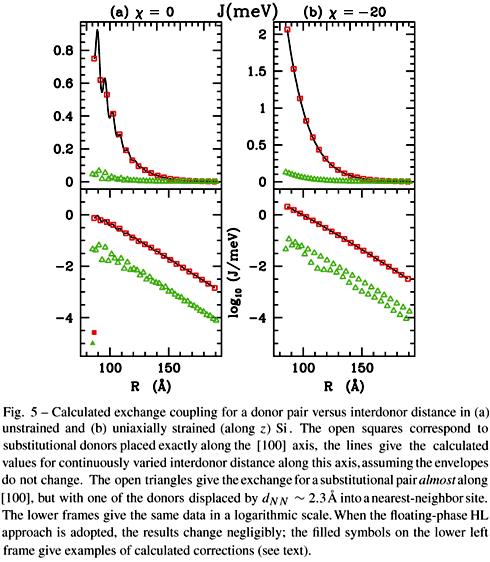Silicon-based quantum-computer architectures have attracted attention because of their promise for scalability and their potential for synergetically utilizing the available resources associated with the existing Si technology infrastructure. Electronic and nuclear spins of shallow donors (e.g. phosphorus) in Si are ideal candidates for qubits in such proposals due to the relatively long spin coherence times. For these spin qubits, donor electron charge manipulation by external gates is a key ingredient for control and read-out of single-qubit operations, while shallow donor exchange gates are frequently invoked to perform two-qubit operations. More recently, charge qubits based on tunnel coupling in P+2 substitutional molecular ions in Si have also been proposed. We discuss the feasibility of the building blocks involved in shallow donor quantum computation in silicon, taking into account the peculiarities of silicon electronic structure, in particular the six degenerate states at the conduction band edge. We show that quantum interference among these states does not significantly affect operations involving a single donor, but leads to fast oscillations in electron exchange coupling and on tunnel-coupling strength when the donor pair relative position is changed on a lattice-parameter scale. These studies illustrate the considerable potential as well as the tremendous challenges posed by donor spin and charge as candidates for qubits in silicon.
semiconductors; quantum computation; nanoelectronic devices; spintronics; nanofabrication; donors in silicon


























